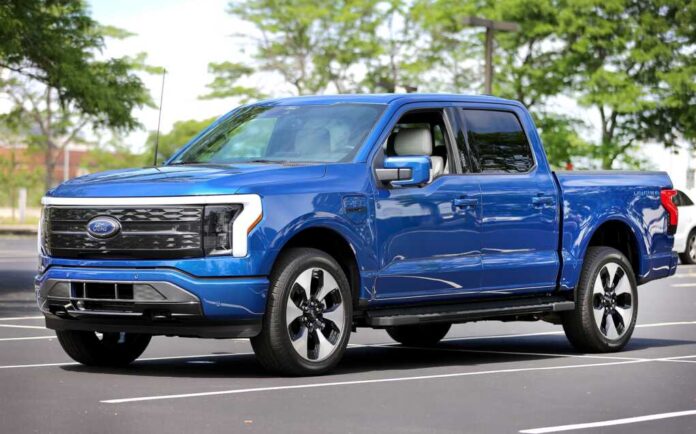
Ford CEO Jim Farley is no stranger to bold statements, but his recent comments might be his most controversial yet, particularly for American car buyers. During an appearance at the Aspen Ideas Festival, Farley made a compelling case for smaller vehicles, emphasizing their importance for the future of electric vehicles (EVs) and society at large.
Farley’s message was clear: for companies like Ford to succeed with EV adoption, Americans need to rethink their love for large vehicles. “We have to start to get back in love with smaller vehicles. It’s super important for our society and for EV adoption,” Farley stated. He acknowledged the nation’s obsession with big trucks and SUVs, admitting his own fondness for these “monster vehicles,” but pointed out that their weight poses significant challenges.
Ford must really want to end up like Disney or Bud Light.
During Ford’s second-quarter earnings call on July 24, Farley reiterated his stance, explaining why smaller cars make sense for American buyers, especially in the context of EVs. Historically, Ford has thrived on the sale of larger vehicles, which bring higher profit margins. However, this business model doesn’t translate well to EVs. The most expensive component of EVs is the battery, and achieving the desired 300+ mile range requires larger, more costly batteries for bigger vehicles.
“The math is exactly the opposite for EVs,” Farley explained. “The larger the vehicle, the bigger the battery, the more pressure on margins because customers will not pay a premium for those larger batteries.” He highlighted that smaller batteries significantly reduce costs and improve margins, allowing for more affordable EV options, potentially as low as $30,000 with the aid of the IRA tax credit.
Farley also addressed misconceptions about Ford’s strategy for smaller cars. He reassured that Ford is not planning to build tiny, cramped vehicles. Instead, the absence of an engine and drivetrain in EVs allows even smaller vehicles to offer surprisingly spacious interiors. “With no engine or drivetrain, a smaller vehicle can have a much roomier package, actually the interior package of a class above with a small silhouette. That’s a big advantage for customers versus ICE,” Farley noted.
Despite Farley’s enthusiasm for smaller cars, American preferences still lean heavily towards larger vehicles. Data from Kelley Blue Book reveals that in 2024, eight of the top ten best-selling vehicles were pickup trucks and SUVs, with only the Honda Civic and Toyota Camry representing more compact options.
Farley acknowledges the challenge but remains optimistic. Ford plans to make strategic decisions about which vehicles to produce, including continuing investments in larger models. Recently, Ford announced a $2.3 billion investment to revamp its Oakville Assembly Complex in Ontario, Canada, to increase production of the Super Duty pickup truck, although this has delayed the release of a planned three-row electric SUV until 2027.
Under Farley’s leadership, the company reported a $1.1 billion loss in its EV business for the second quarter of 2024.

























